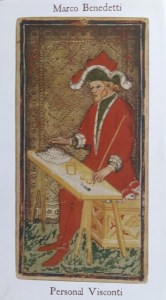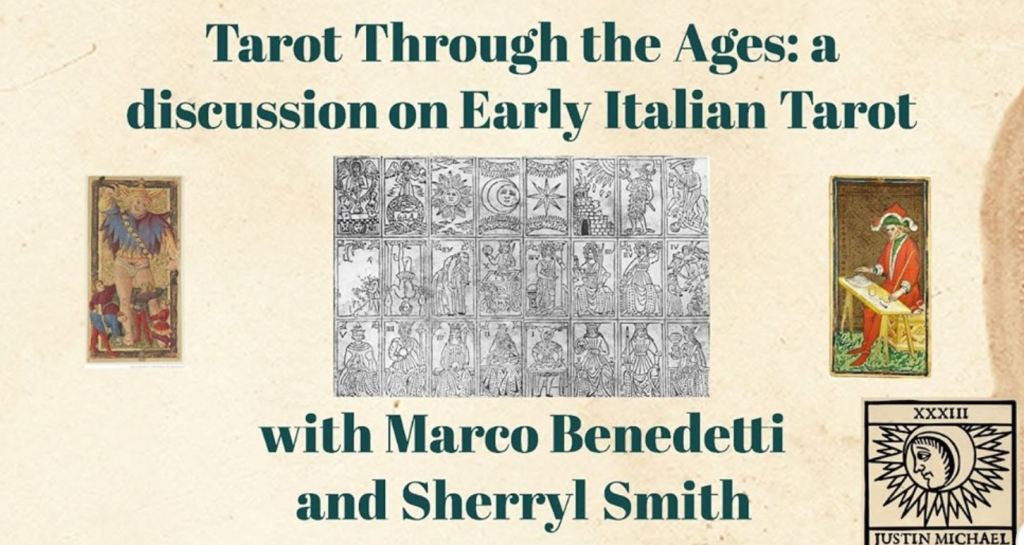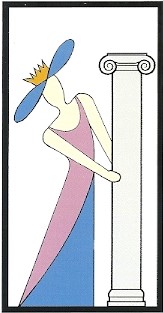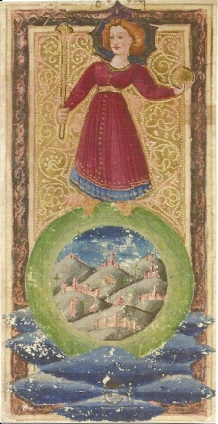Loving Pierre Madenié
Hundreds of decks have passed through my hands during my fifty years with tarot; and I’ve been reading with a few that I really love for decades. But I never became instantly infatuated with a deck until I unboxed the 1709 Pierre Madenié in 2013. This was the first deck I ever purchased from Yves Reynaud, and I was thrilled to own such a faithful reproduction of an historic deck. Adding to the magic, when I opened the package from France, something tiny zipped through the air in front of my face and brushed my cheek. I was sure a tarot fairy had been set free from the package. I knew instantly that this was no ordinary deck!
Read more










